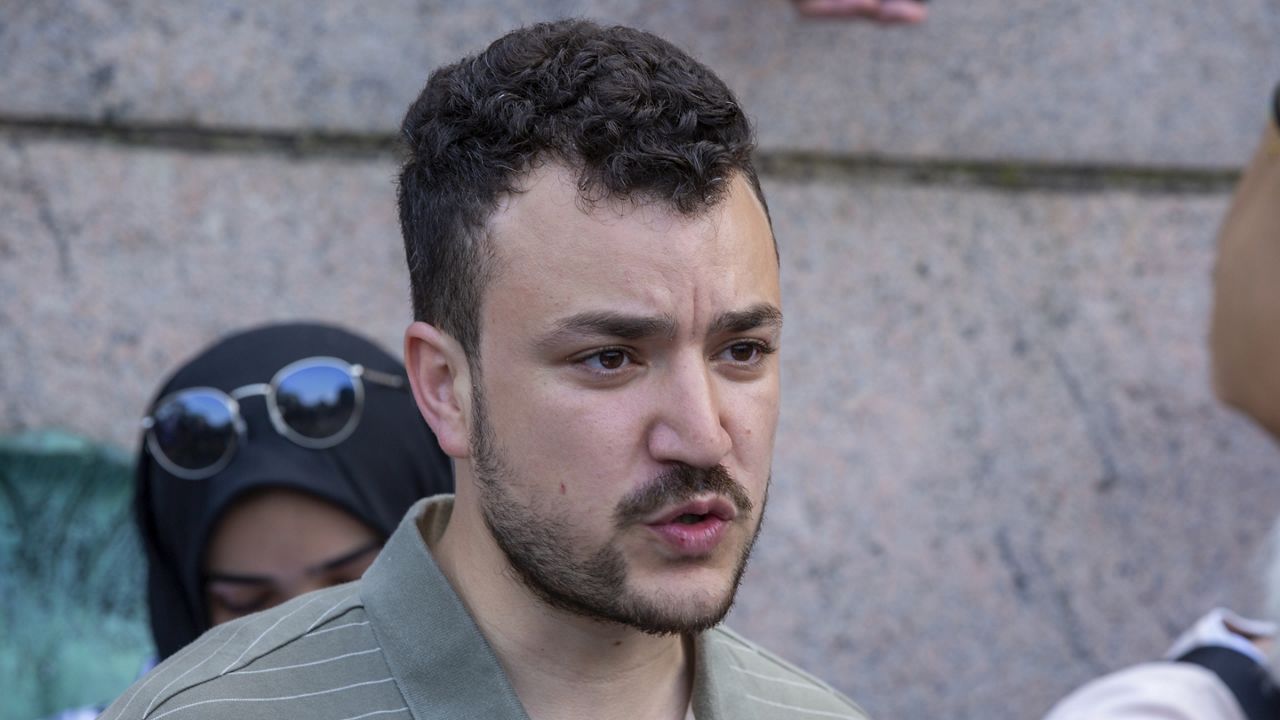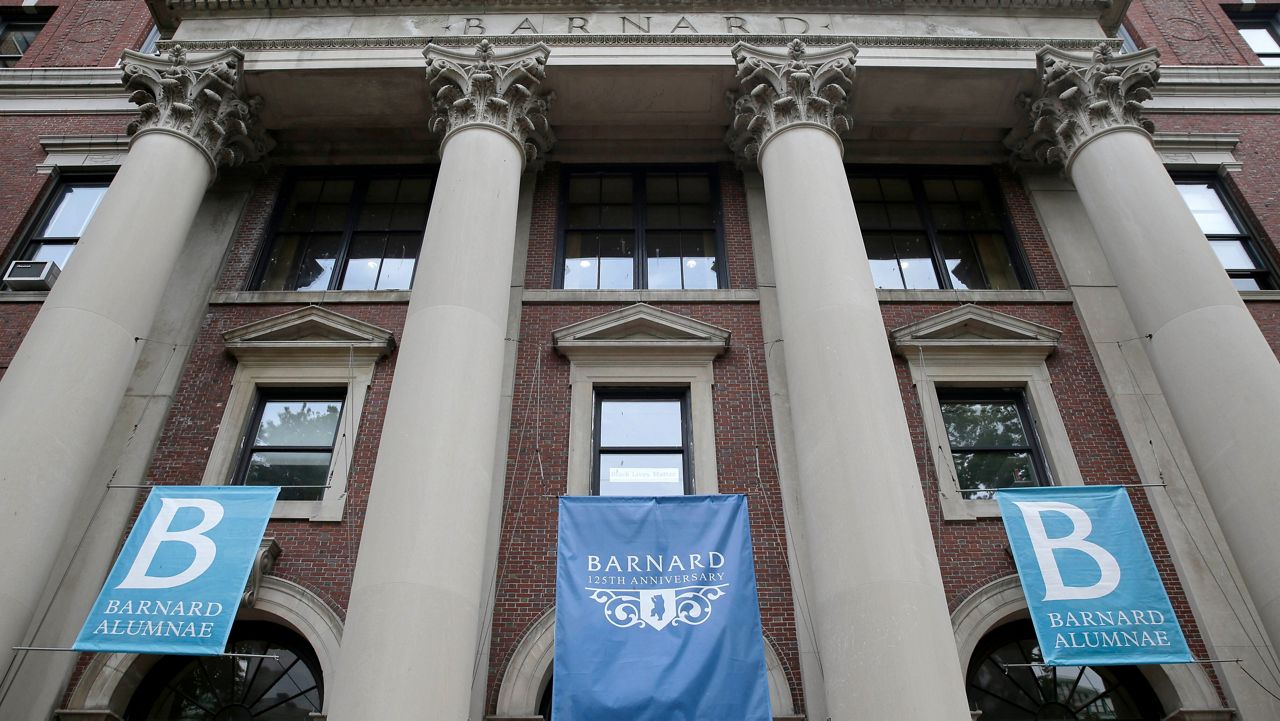This week, when asked if the city needs more English as a new language teachers, Mayor Eric Adams raised the question of whether the city could afford them.
“We are going to look at our budget and see everything that we can do to give young people the ability to be part of this country and city," Adams said Tuesday. "Now remember, next year we are on the eve of the fiscal cliff, monies are going to start drying up, we’re dealing with a real economic challenge here, and this is also an opportunity for other people to step up."
But experts say a student's federal civil rights aren’t dependent on the city’s budget — or the kindness of the community.
What You Need To Know
- Asked whether the city needed more teachers for students learning English, Mayor Eric Adams cited a tightening budget, and suggested community members and agencies like the NYPD help out
- But the city has a legal obligation to provide English language learners with appropriate instruction inside schools, experts say
- Those federal civil rights laws apply whether or not the city is facing budget constraints
“The city has a legal obligation to provide English language learner programming for students who have been identified by the city, by the Department of Education, as students who are English language learners,” said Diana Aragundi, assistant director of the Immigrant Students’ Rights Project at Advocates for Children.
The arrival of thousands of migrant students has strained a system that struggled to serve English language learners even before they arrived. Tuesday, Adams suggested other agencies or citizens could help fill the void and teach classes in shelters.
“The New York City Police Department under [Deputy Commissioner of Community Affairs Mark Stewart] is teaching ESL classes for people,” Adams said. “This is a moment where people need to stop asking, ‘Eric what are you doing?’ This is a moment we need to ask, ‘What are we doing?’"
But that wouldn’t meet the city’s legal obligations.
“While I commend community organizations that are providing all different types of programming for people that are new to the city and need to learn English, the obligation that the city has is for students to receive this programming in school,” Aragundi said.
Adams was asked again Wednesday about whether there are enough teachers, and this time said yes, with an asterisk — they will make do, but could use more.
"There’s a shortage of the ideal number that we should have, but we’re going to step up to the plate, like we have,” Adams said.
Students learning English have a right to either bilingual programming, taught in both languages, or English as a new language classes, where instruction is in English, with support in a child’s home language.
“That is the most common program because it doesn’t require the bilingual component,” Aragundi said. “There have been bilingual shortages, bilingual teacher shortages, for a long time before this crisis.”
But if a bilingual program is not available at a child’s school, their family has the right to request a transfer to a program nearby.
The education department says it has over 500 bilingual education programs, in 12 different languages. That includes transitional bilingual education, where students learn mostly in their home language and over time transition to learning mostly in English, and dual language education, which is taught in two languages.
A spokeswoman said a “revitalization” of the bilingual programs will give access to 1,000 more English language learners, and that in the last school year, staff at nearly 50 schools received training to implement bilingual classes.
“Regardless of their immigration status or language spoken at home, every student deserves access to high-quality schools that meet their unique needs. As we have done since we launched Project Open Arms, we will continue to work with students, families, and partners to ensure that newcomer students have what they need in our public schools and that our schools are well equipped to support these needs” DOE spokeswoman Nicole Brownstein said.
“If schools see an influx of English Language Learners, we will work with them to ensure they have all resources they need to serve this population. Project Open Arms reflects our department’s coordinated effort to support our students and our schools, and this effort will continue in perpetuity as it always has,” she added.






_Dnt_Budget_-_PS_Cell_Phone_Ban_Clean)
_CGPK_CUNY_Student_Protest_Encampents_2025_CG_134055132_345)
